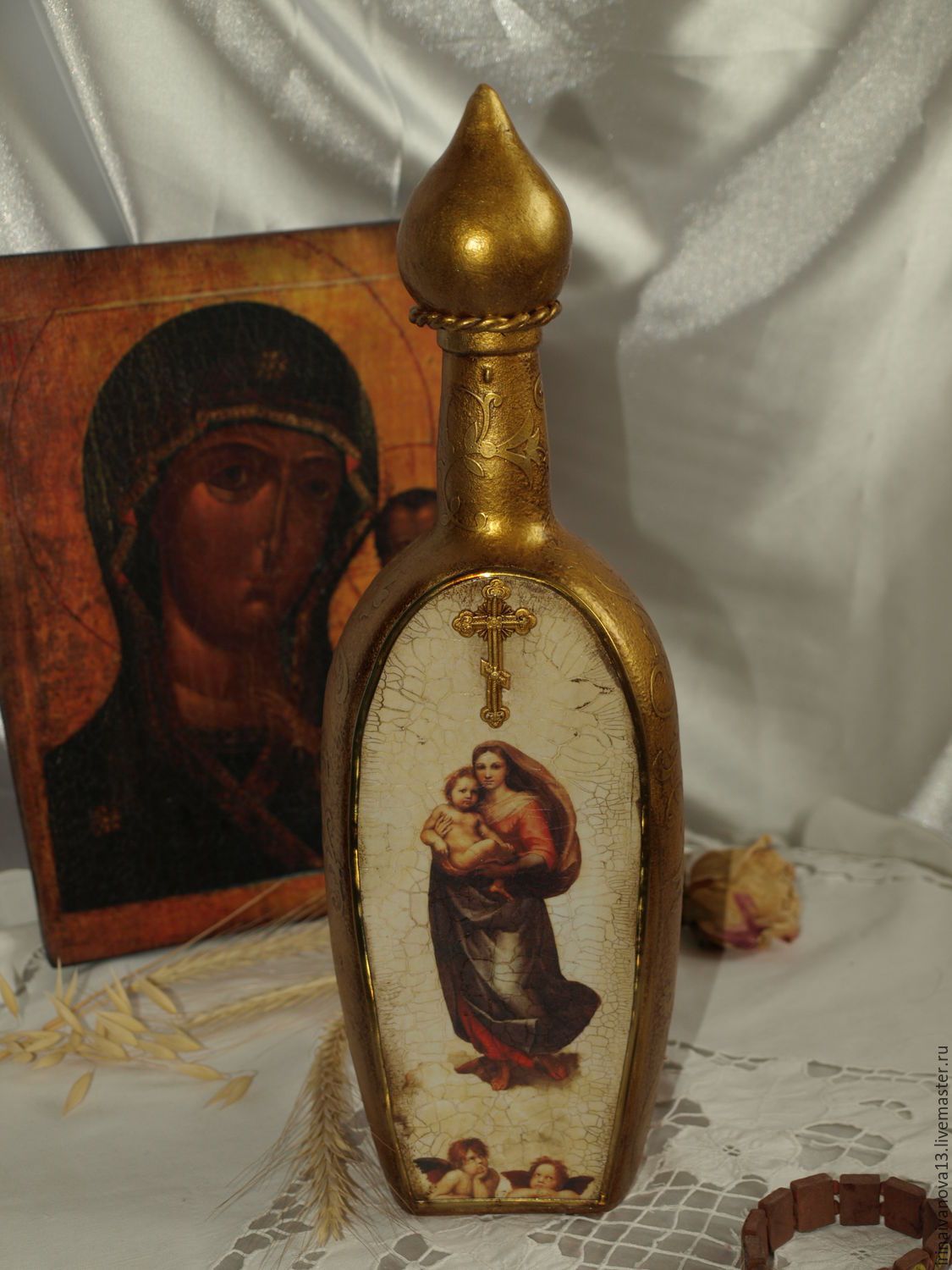Ranking of the best houseplants for asthmatics in 2025
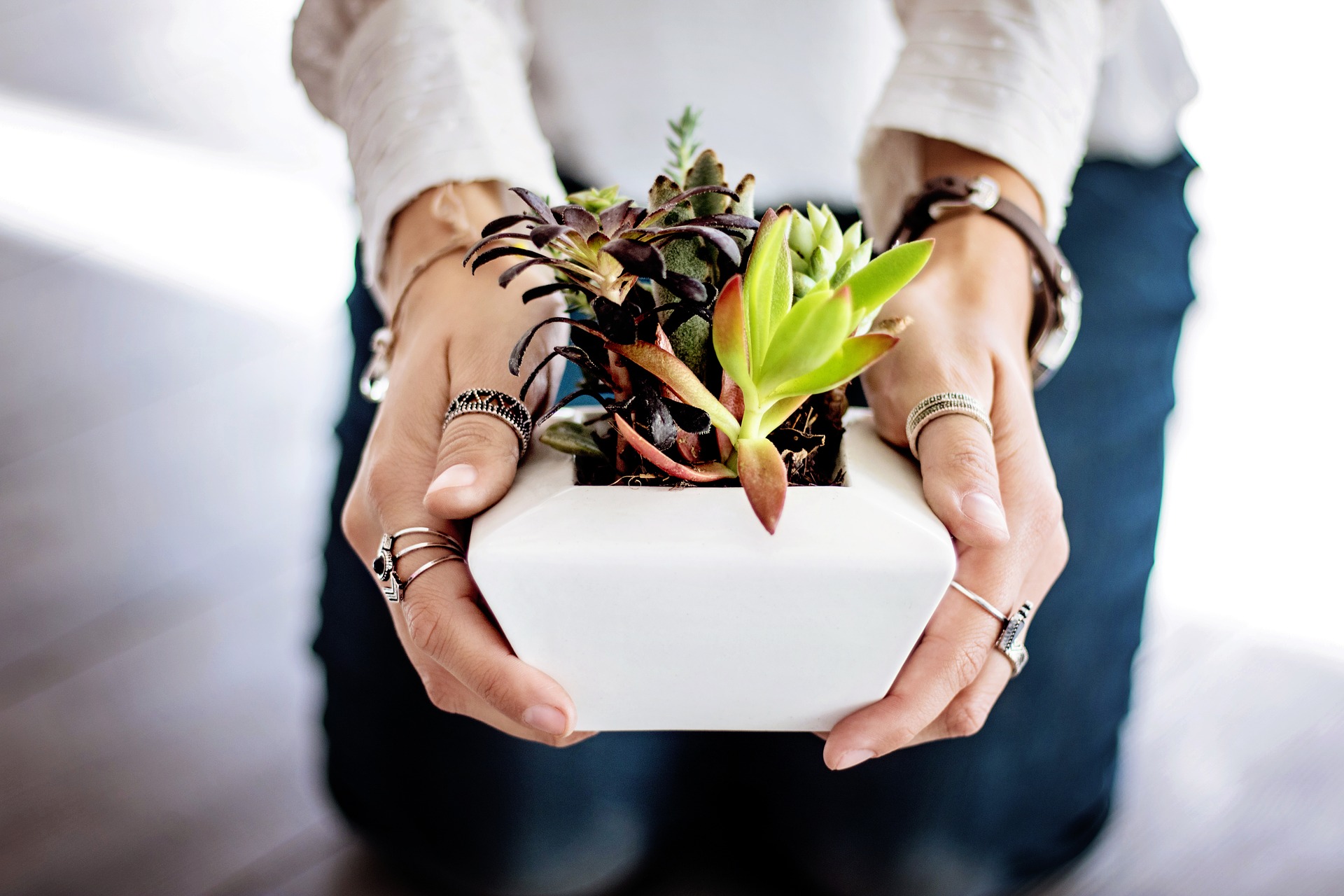
Allergic disease bronchial asthma is becoming one of the most common on the planet. The World Health Organization (WHO) gives an opinion about 300,000,000 people in the world who have an asthmatic diagnosis, of which almost 15% are children.
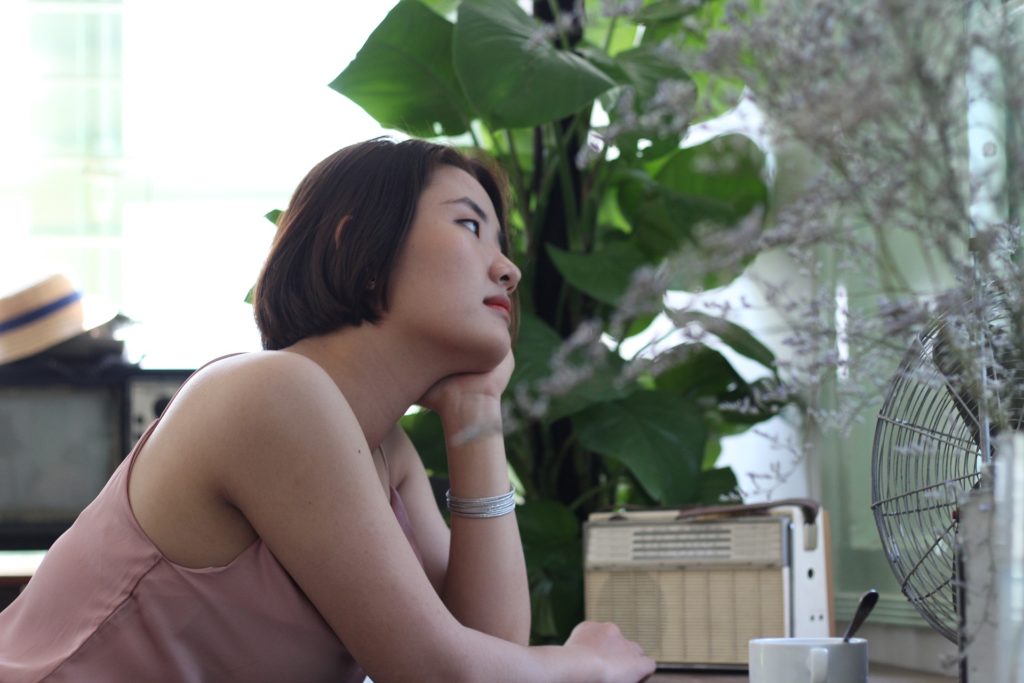
An important condition for the satisfactory well-being of asthmatics is air quality. In addition to the fact that it should be fresh, without harmful emissions, preferably sufficiently moistened, harsh aromas, odors, including those of plants, act as a destructive element. A frequent culprit of exacerbations in the spring is the abundant flowering of the entire plant world. Asthmatic reactions can be on certain types of flora, this is detected with the help of samples.
About which plants at home can harm, and which can be asthmatic, is described in this article.
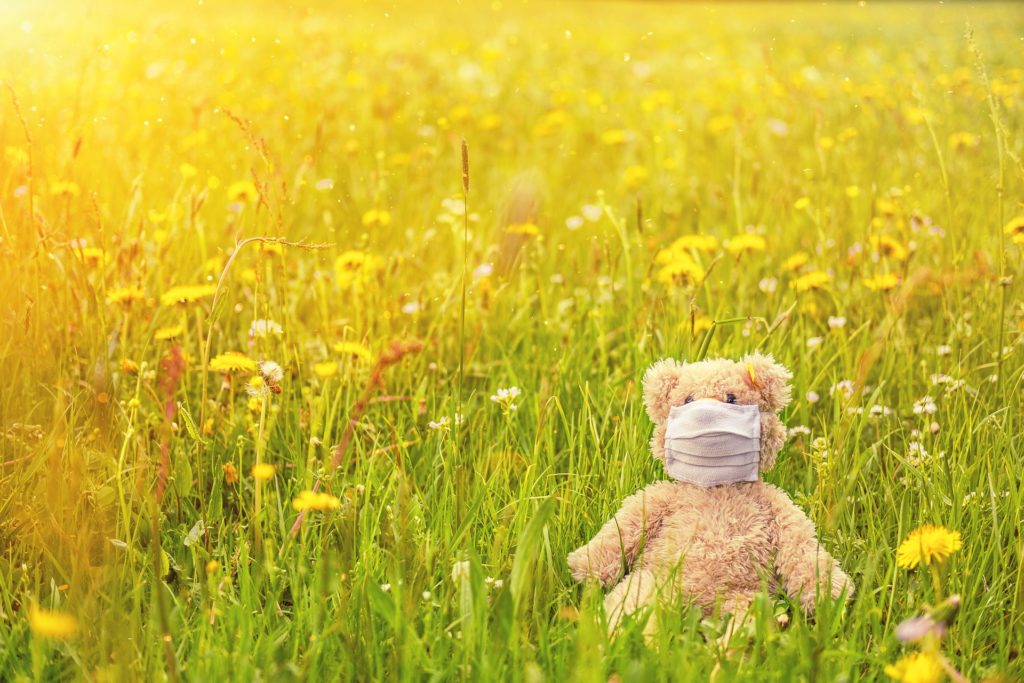
Content [Hide]
Benefit and harm
Special requirements for the comfortable well-being of an asthmatic are imposed on his living conditions:
- lack of dust;
- good ventilation;
- remoteness from external sources of pungent odors;
- the presence of pets, which may also be intolerant, is questionable;
- bed linen and clothes made of cotton, the absence of down and feathers in the fillers of pillows and blankets.
House plants play an important role in creating a microclimate. In contrast to the choice for healthy people, asthmatics require a special selection of decorative flowers.
Houseplants can have the following environmental impacts:
- absorb carbon dioxide;
- neutralize toxins;
- remove small particles of dust;
- oxygenate;
- extract essential oils, phytoncides;
- kill the viral infection.
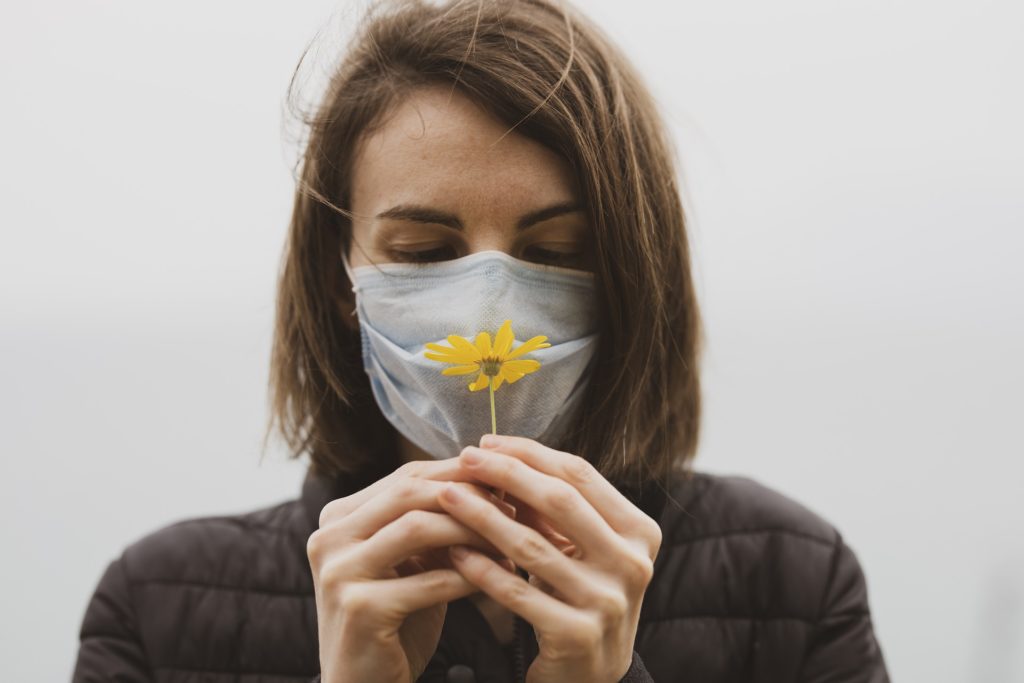
How to choose the right houseplant for asthma
The main criterion for selection is the presence of smell, especially during the flowering period.
Individual flowers emit essential oils in high concentrations, which are difficult to eliminate even with regular airing.
Buds and inflorescences can also give out a bright, rich aroma that provokes an asthma attack.
It is important to remember that the surface of the sheet can be fleecy, which will not allow you to remove accumulated small particles of dust and household substances from it, and this will act as a provocateur of an allergic reaction.
If there is a positive reaction to fungal formations and mold, asthmatics should also be wary of the occurrence of such manifestations on the ground.
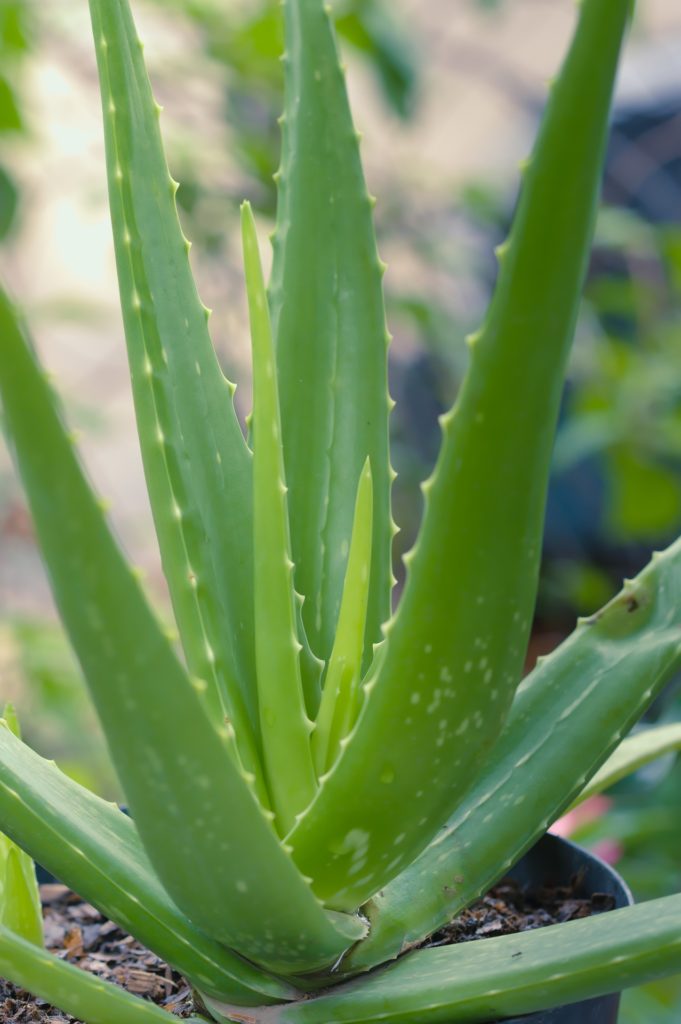
Contraindicated types of indoor flowers
Strong and persistent odors that are difficult to weather are a serious danger to asthmatics. The list of colors that are strictly forbidden for asthma is given below.
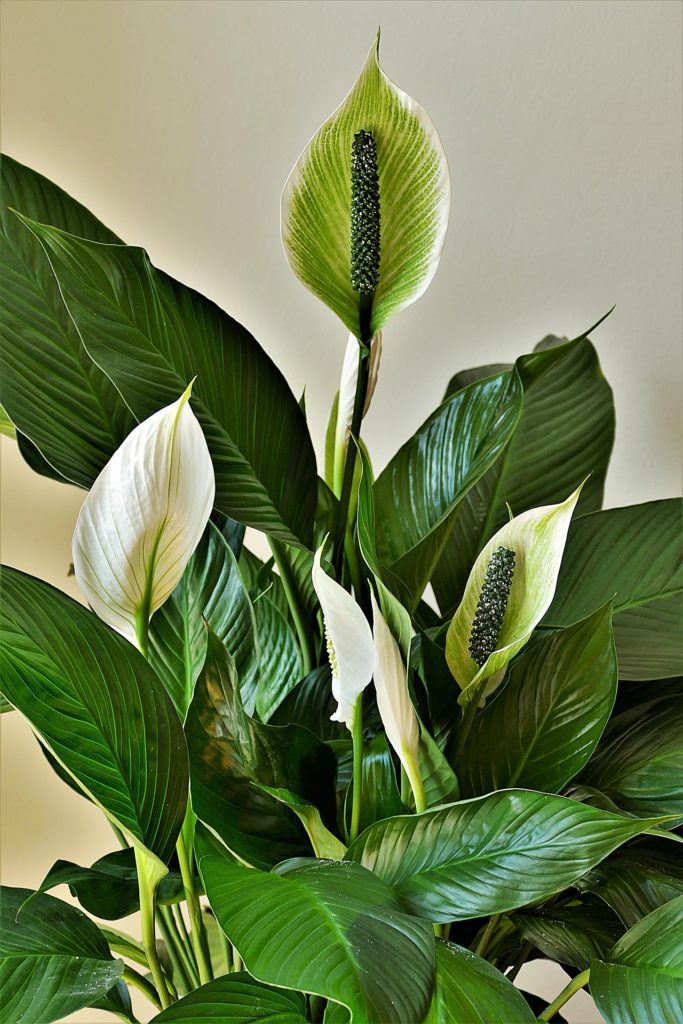
- Geranium. All types of geraniums, in addition to regular flowering, have a strong release of essential oils, which, due to their persistence, can provoke an asthmatic attack.
- Lilies. Flowers have a rich sugary aroma that does not reduce its intensity for a long time, they are a real danger to people suffering from bronchial asthma.
- Amaryllis. A flower from the lily family with its pungent smell can cause a headache even in healthy people, and even more so in asthmatic patients.
- Philodendron. The poisonous leaves contain calcium oxalate crystals and are toxic.
- Fern. All plants that reproduce by spores are also contraindicated.
- Ficus. Experts do not advise people with a predisposition to allergic reactions to keep ficuses at home. If poisonous juice comes into contact with the skin, inflammation occurs, and the vapors strongly irritate the respiratory tract.
- Spathiphyllum. Frequent manifestations of allergic reactions to flowering include skin rashes and respiratory depression, up to the provocation of asthmatic attacks.
- A number of dangerous indoor flowers include - Monstera; Primrose; poinsettia; Pepper nightshade; Spurge.
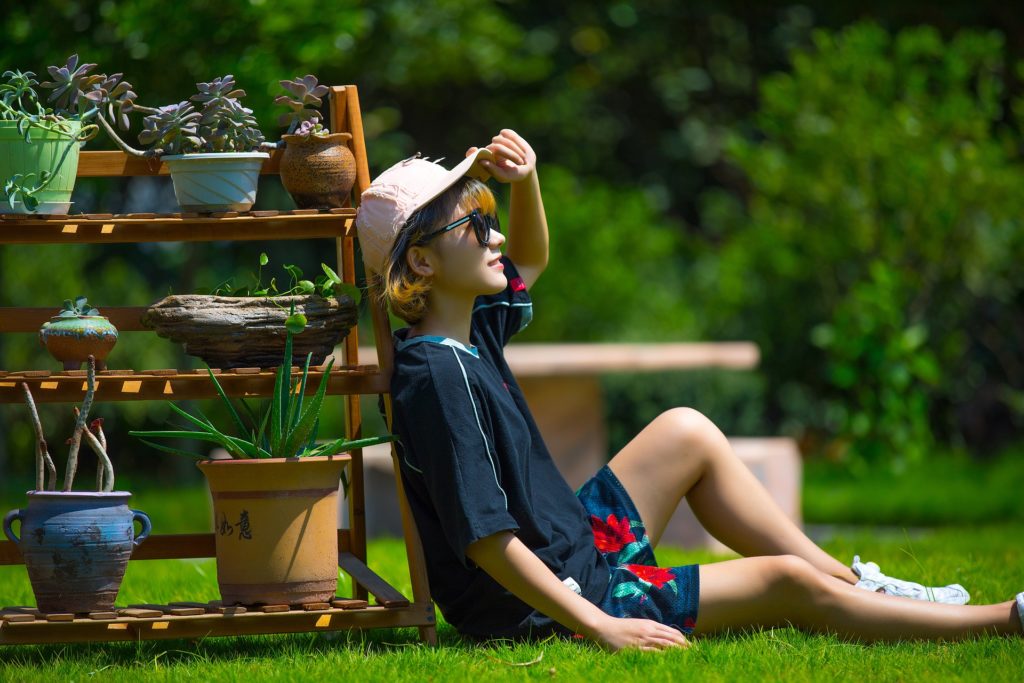
The Best Houseplants for Asthmatics
Group of Succulents
Plants of the species have special tissues for water reserves, which are consumed during dry times. They bloom infrequently and tend to change the color of the fleshy leaves depending on the intensity of sunlight. A variety of forms and unusual geometric forms of growth attracted not only people suffering from respiratory diseases and simple lovers of ornamental plants to the ranks of fans. What flowers, according to experts, must be in the house from this group, is described below.
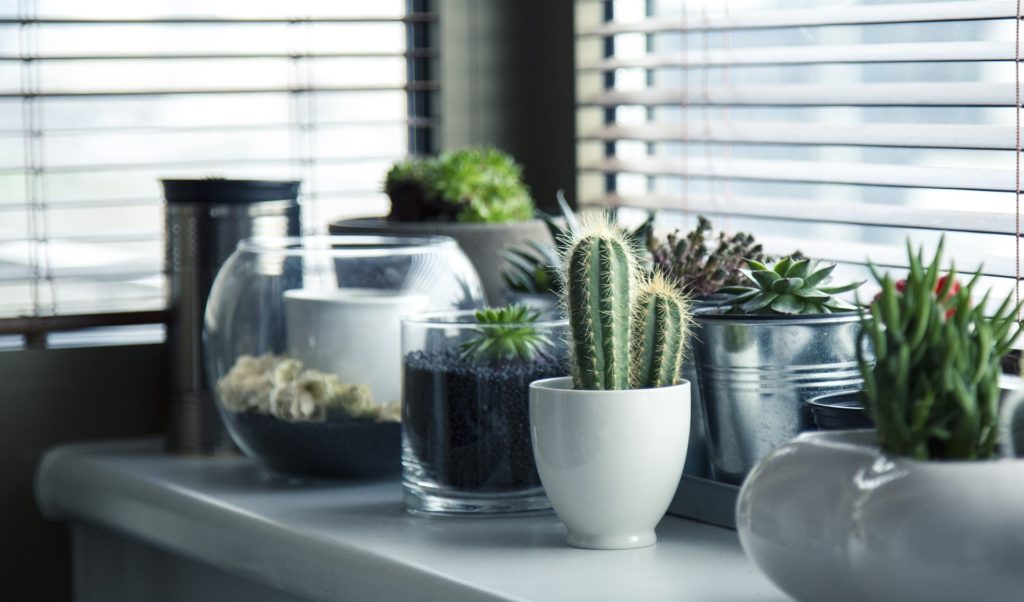
Aloe vera
votes 3
One of the most innocuous flowers in terms of smells, as well as the presence of its healing effect, makes Aloe of the Asphodel family a favorite on the list.
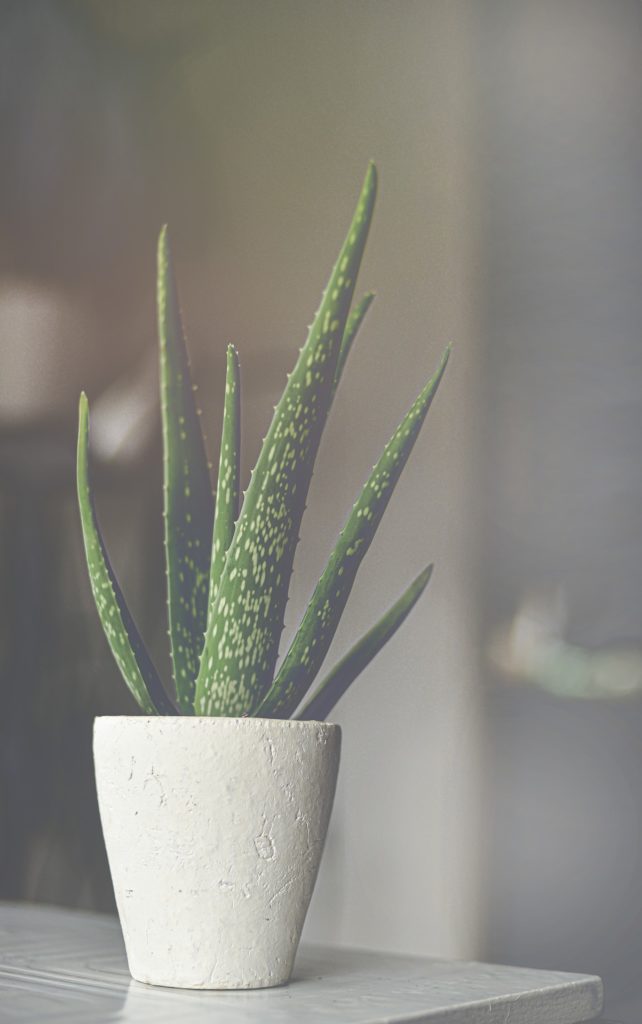
- simple care;
- stem very short or absent;
- green deep color with small spots;
- small height;
- moderate spreading;
- cleans the air from impurities of formaldehyde, benzene;
- the soil is fertilized monthly only in winter and early spring;
- an open bright place is enough, but without direct sunlight;
- moderate watering in winter;
- juice can be used to heal wounds and nourish dry skin areas;
- nice conical shape;
- fleshy leaves can be easily wiped with a damp cloth to remove dust;
- with insufficient watering, the lower leaves dry up and fall off, and the upper ones are renewed.
- does not tolerate waterlogging of the soil;
- leaves can burn under the scorching rays.
Fat woman or money tree
votes 2
The species is represented by almost 350 varieties, but most of them grow in South Africa, the plant is also called Crassula.
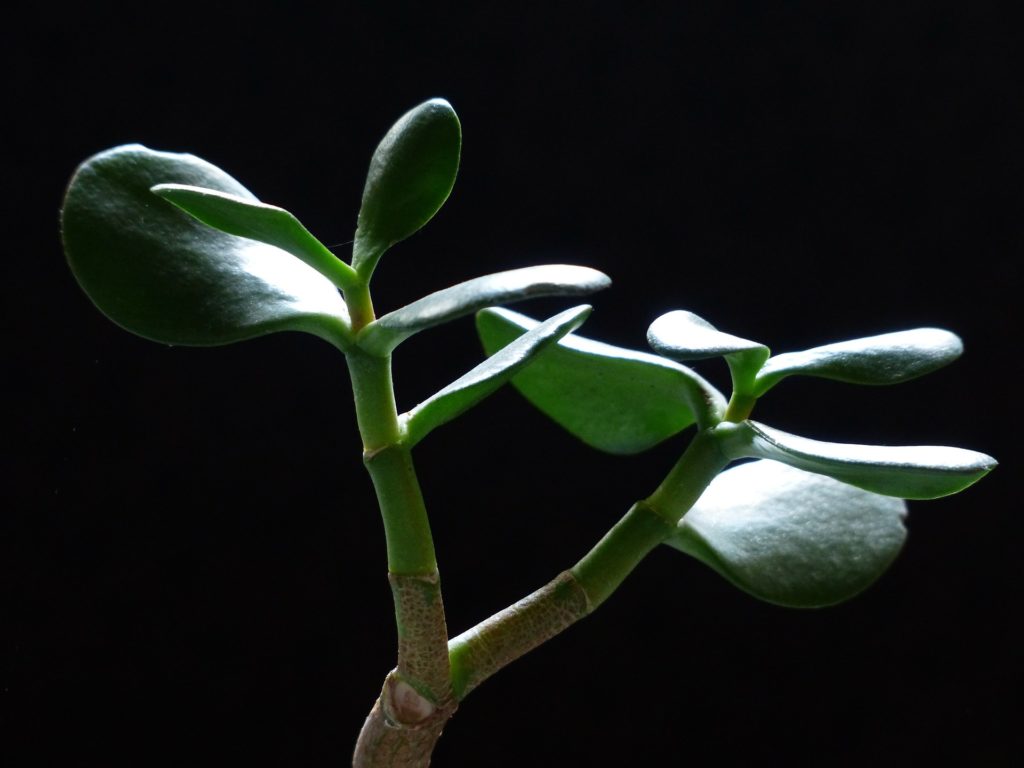
- crown in the form of a tree;
- small dense leaves;
- do not require frequent and abundant watering;
- blooms very rarely with small odorless inflorescences;
- requires good drainage;
- has an aesthetic appearance;
- decorates the interior.
- with excessive watering, there is a danger of root rot;
- regular single dropping of sheets.
Cactus
votes 2
Perennial flowering plant has 1750 species and belongs to the order Clove.
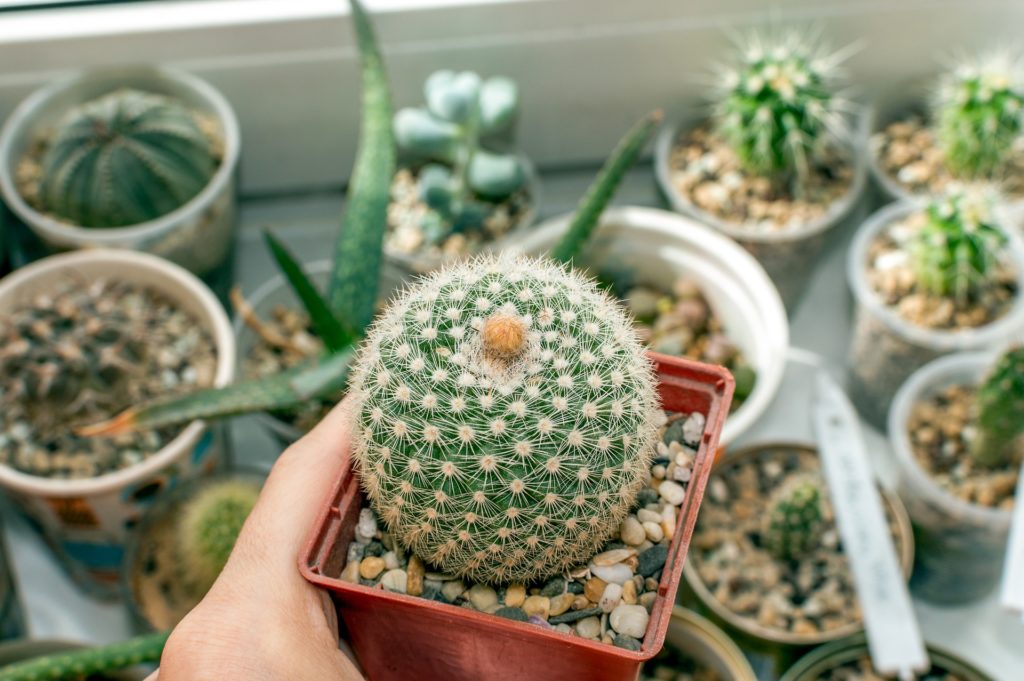
- blooms very rarely with small flowers, practically odorless;
- the flowering period is very short;
- does not require care and frequent watering;
- helps to reduce harmful air ionization;
- protects against electromagnetic radiation;
- long needles collect small harmful particles on themselves;
- fights bacteria;
- in bloom symbolize a moment of good luck.
- not for lovers of lush vegetation.
Kalanchoe
votes 2
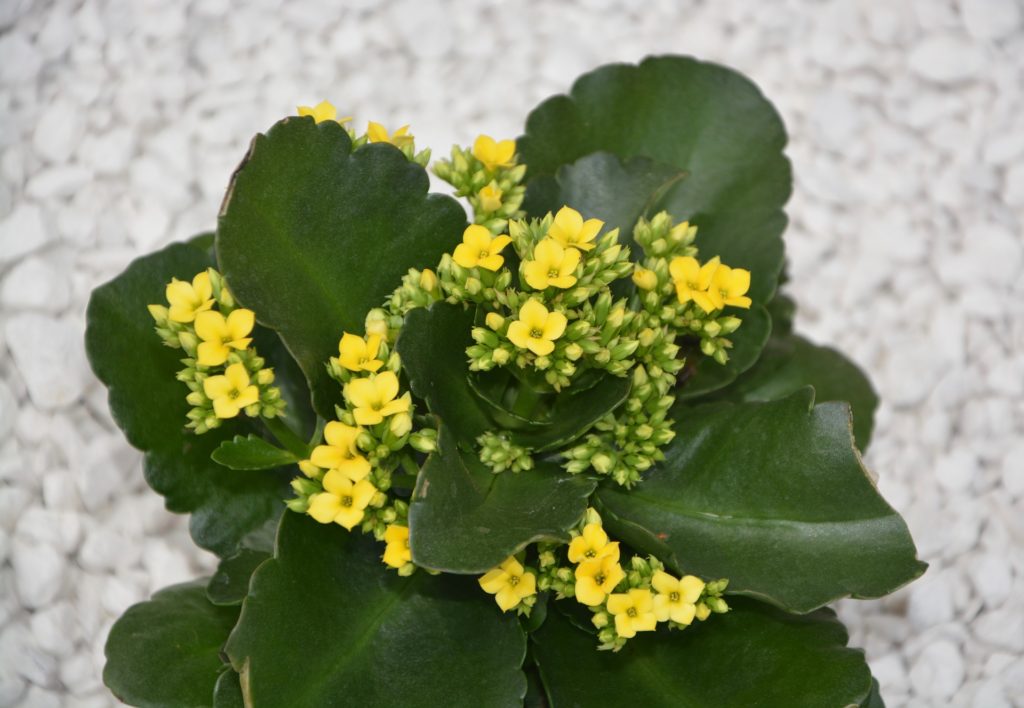
The plant of the Crassulaceae family is very undemanding, but it is most effective in its healing properties. Among the popular potted representatives of the flora are Kalanchoe Blossfeld with red star-shaped flowers and Kalanchoe pinnate with small pink petals.
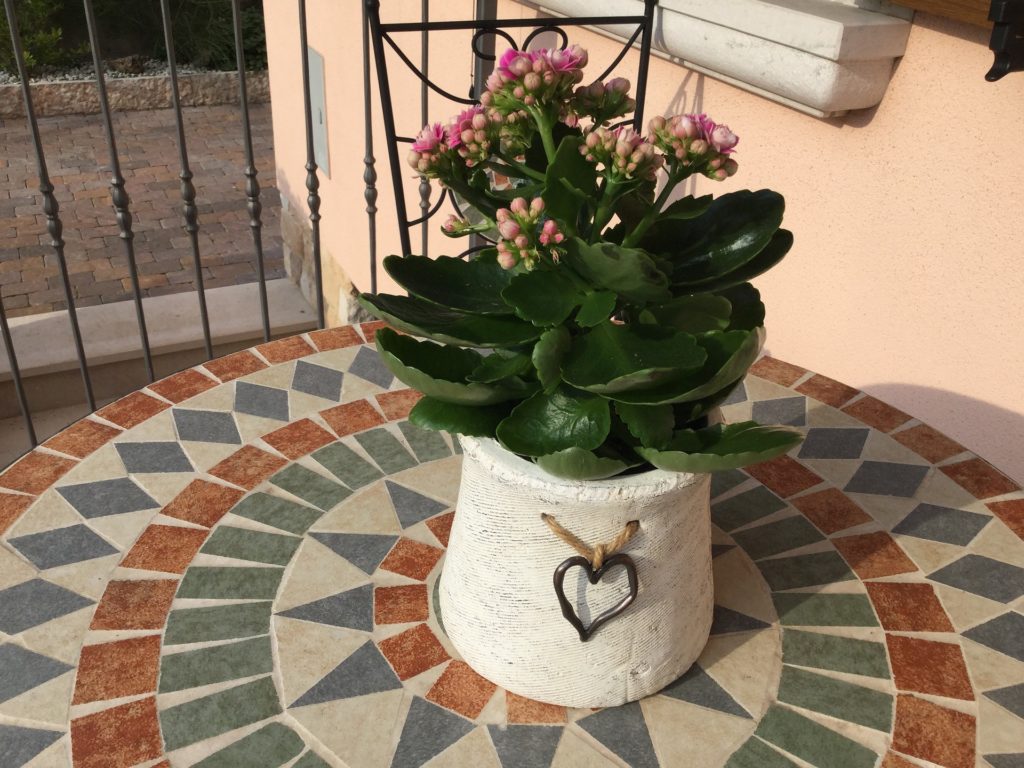
- actively saturates the air with oxygen;
- removes bacteria;
- cleans the space from heavy metals;
- has a rich, juicy appearance;
- decorates the interior;
- helps to strengthen immunity;
- significantly eases heavy breathing;
- extensive species diversity.
- prolonged flowering can produce many fading inflorescences with the danger of contamination.
myrtle family
Myrtle
votes 1
An evergreen type of plant with branched trunks and glossy oval leaves rarely blooms at home and does not saturate the room with aroma.
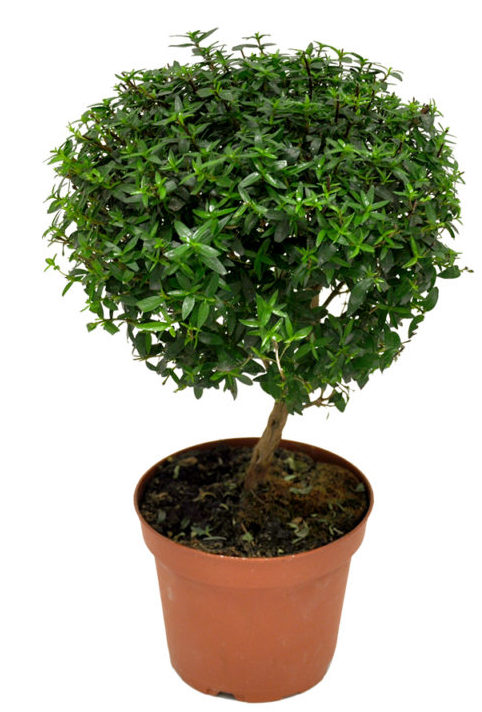
- can be used for outdoor placement;
- with a bactericidal effect against viruses, respiratory diseases, influenza;
- the tree is able to neutralize staphylococcus, tuberculosis, streptococcus bacilli;
- has a light fresh aroma;
- has a beneficial effect on relieving fatigue and stress;
- from the perfumery industry it is used to obtain oils of medium volatility;
- flowering does not occur in the first 7 years;
- small frequent flowers do not smell bright and then turn into berries;
- is a symbol of love, fidelity and wisdom.
- with abundant flowering, it can become a source of odor.
Tea family
Camellia
votes 1
The Asian evergreen tree, which in nature can grow up to 10 meters in height, has flowers that resemble rosebuds.
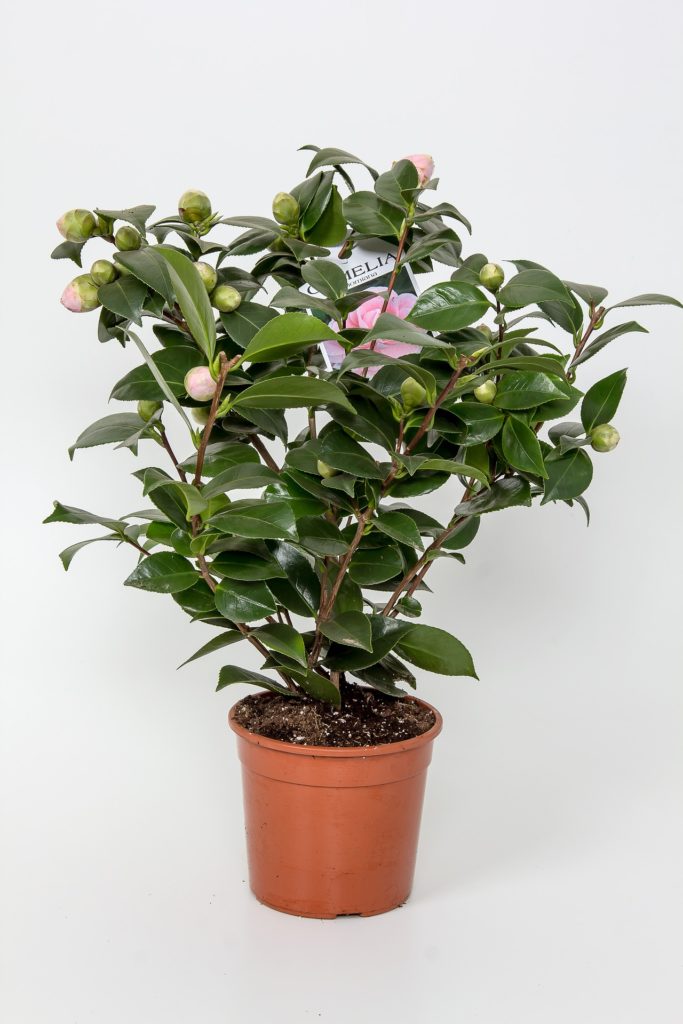
- beautiful odorless flowers;
- small size;
- has dense, juicy leaves with tannic properties;
- juice is useful for removing herpes on the lips;
- believed to relieve stress by releasing soothing and harmonizing essential oils.
- very capricious, require comfortable conditions close to natural, afraid of drafts.
Genus Epiphytic
Orchid Phalaenopsis
votes 1
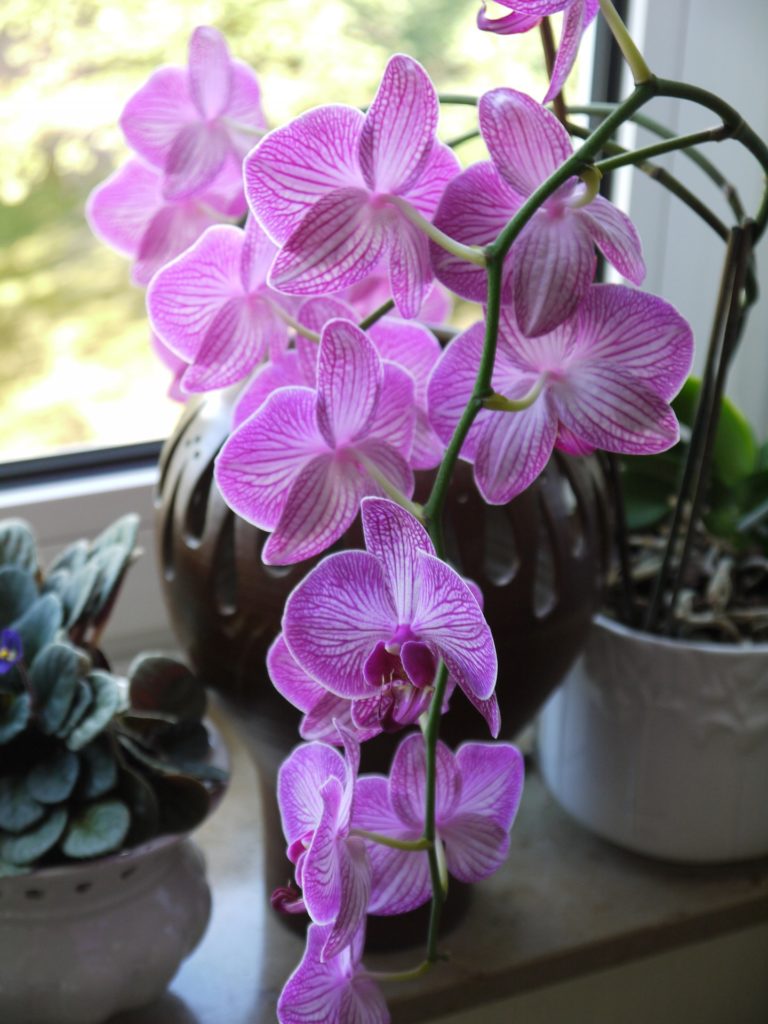
A characteristic feature of the representative of the potted flora is a long stem and large leaves, flowers are large, bright, of extraordinary beauty. It is important to note that this flower is the only one of all orchids that has no smell, the rest of the "brothers" are very fragrant.
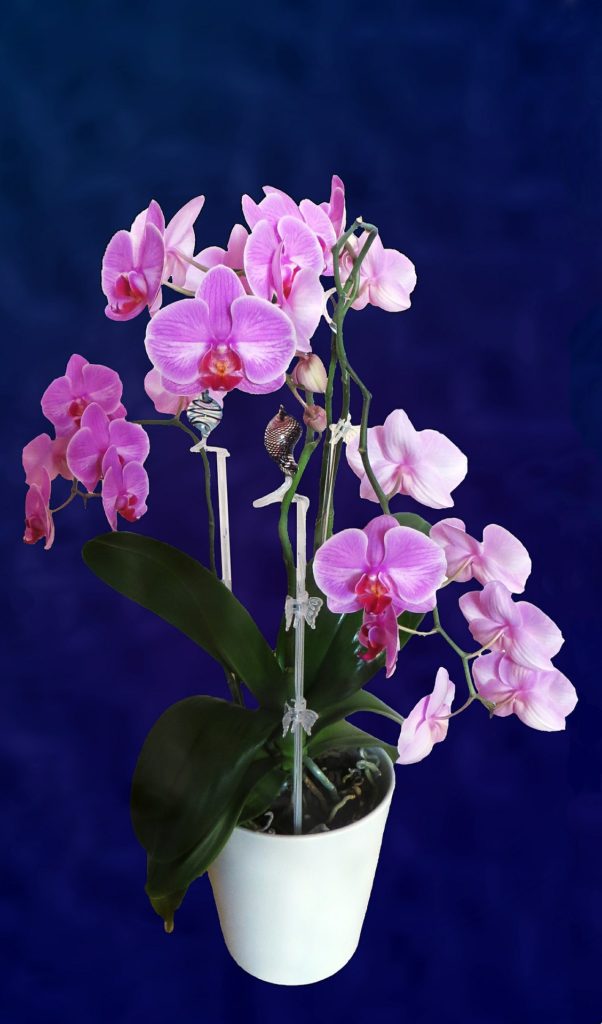
- despite the large and beautiful flowers, they have no smell;
- infrequent and long flowering from 1 to 4 times a year;
- very "clean", afraid of the appearance of insects;
- requires transparent containers to receive sunlight for the roots;
- constant hydration.
- prevention of flower diseases consists in processing with special means.
Asparagus family
Chlorophytum
votes 1
Perennial is the leader in the category of the best air purifiers. Despite its simple and discreet appearance, it can be found in many areas of public institutions, due to its unpretentiousness.
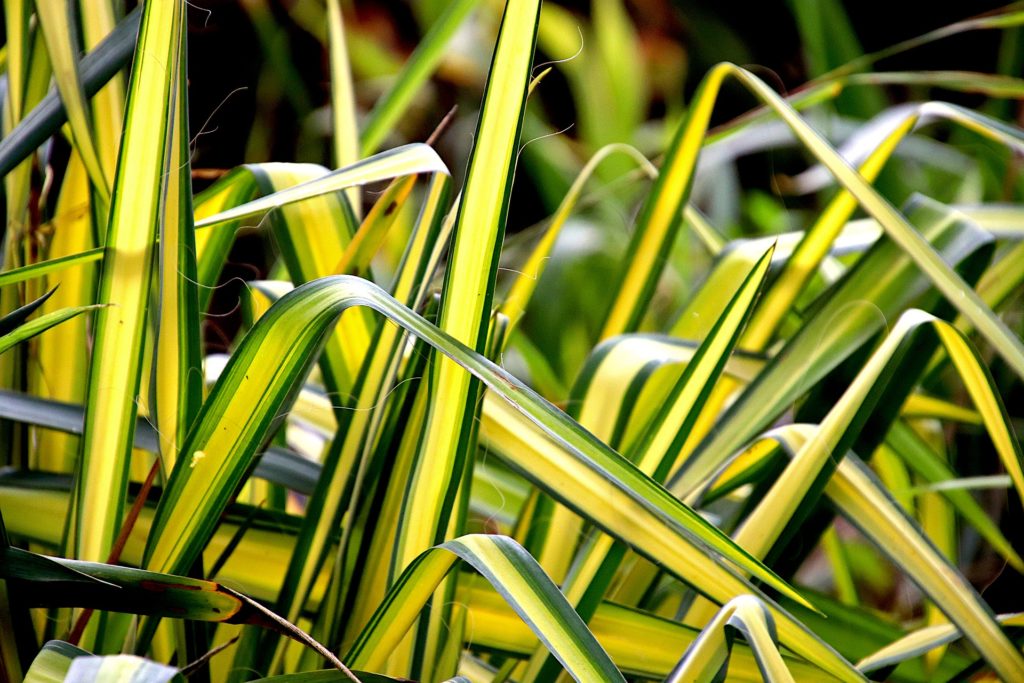
- small size;
- little susceptible to disease;
- kills mold spores;
- removes formaldehyde from the air;
- you can transplant rarely, once every 3 years;
- easily propagated by planting a shoot;
- room temperature is considered comfortable, it should not be allowed to drop below + 10 ° C;
- completely safe for patients with bronchial asthma.
- can grow strongly, throwing out shoots.
Dracaena
votes 1
The genus includes more than 50 species and is very popular in indoor floriculture. The question of how to grow this species is not acute, the flower is quite "docile".
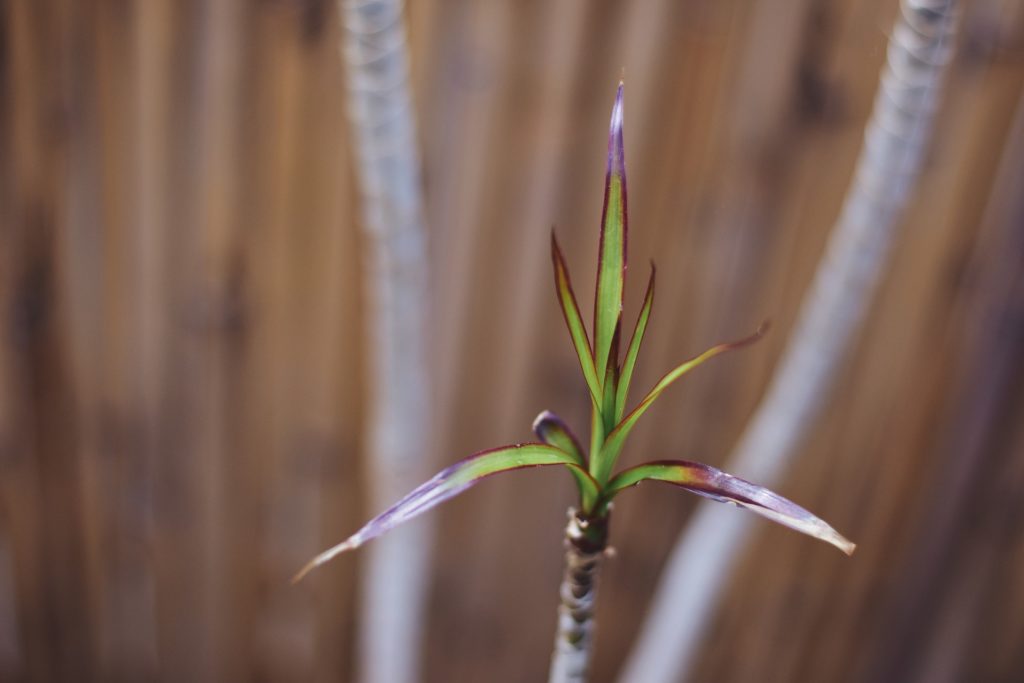
- the tropical view is subconsciously associated with palm trees and seascapes;
- evergreen perennial;
- sharp bright green leaves can be with patterns;
- with a monotonous trunk;
- low probability of flowering;
- pruning is used for branching;
- after transplantation, it requires rich and regular feeding.
- if flowering does occur, then it will have to be removed from the room - it smells sharp and plentiful.
Agave family
Sansevieria
votes 1
The second name of a beautiful element of the interior - "Pike Tail" determines the shape of its leaves, long and pointed at the end, resembling a sword. Often you can name and "Teschin language", apparently due to the similarity in a figurative sense.
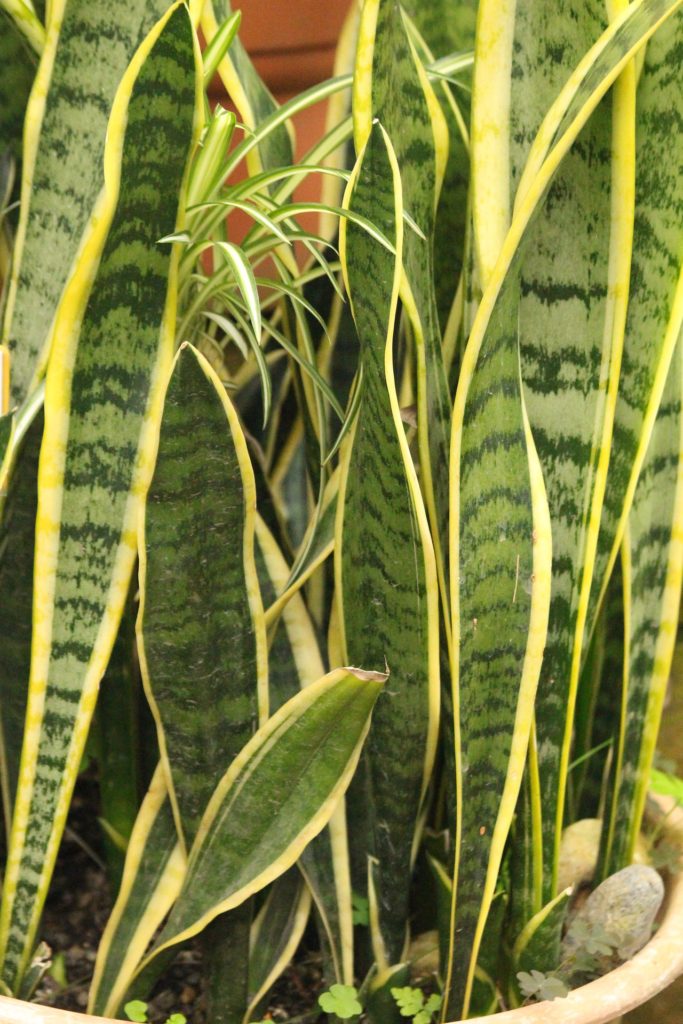
- not afraid of shading;
- leaves are dull or shiny;
- may have a yellow cut;
- unpretentious to soil and watering;
- evergreen type;
- perennial;
- great for the floor area, can grow bushy.
- with very good care, it releases an arrow in the spring with a vanilla smell, but the rosette blooms once.
Madder family
A coffee tree
votes 1
A sprawling small tree symbolizes health. A tropical perennial likes to drink water very much, that is, it is necessary to water it often, but not plentifully.
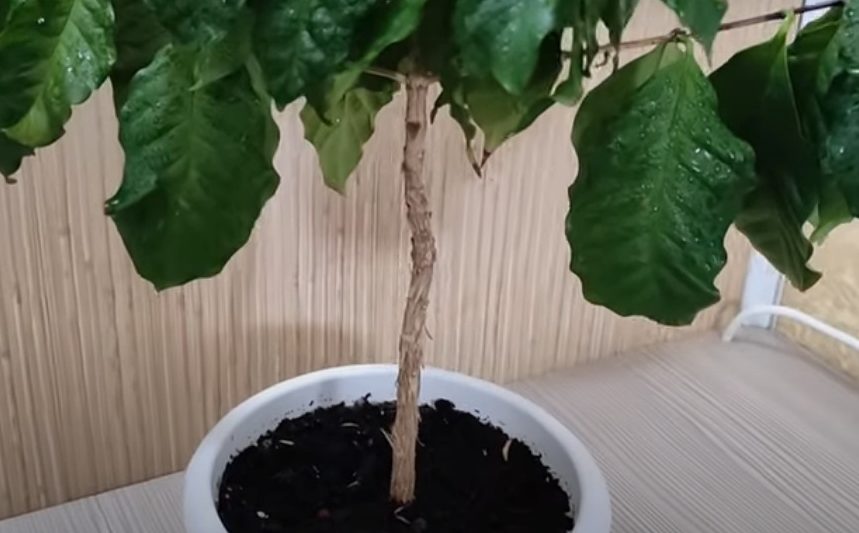
- looks beautiful in any interior;
- reduce the temperature regime in winter to + 18 ° С, in summer keep it at + 23 ° С;
- maintain high humidity;
- should be shaded in summer;
- away from heating devices;
- do not allow the soil to dry out;
- spray systematically in summer;
- it is allowed to wipe the leaves with water and lemon juice;
- feed with citrus substrates;
- transplants are frequent, annually;
- can bloom and bear fruit without aromas;
- ionizes the air space.
- protect from drafts.
Aroid family
Zamioculcas
votes 0
The flower is also called the dollar tree for its outward resemblance in the color of banknotes and leaves.
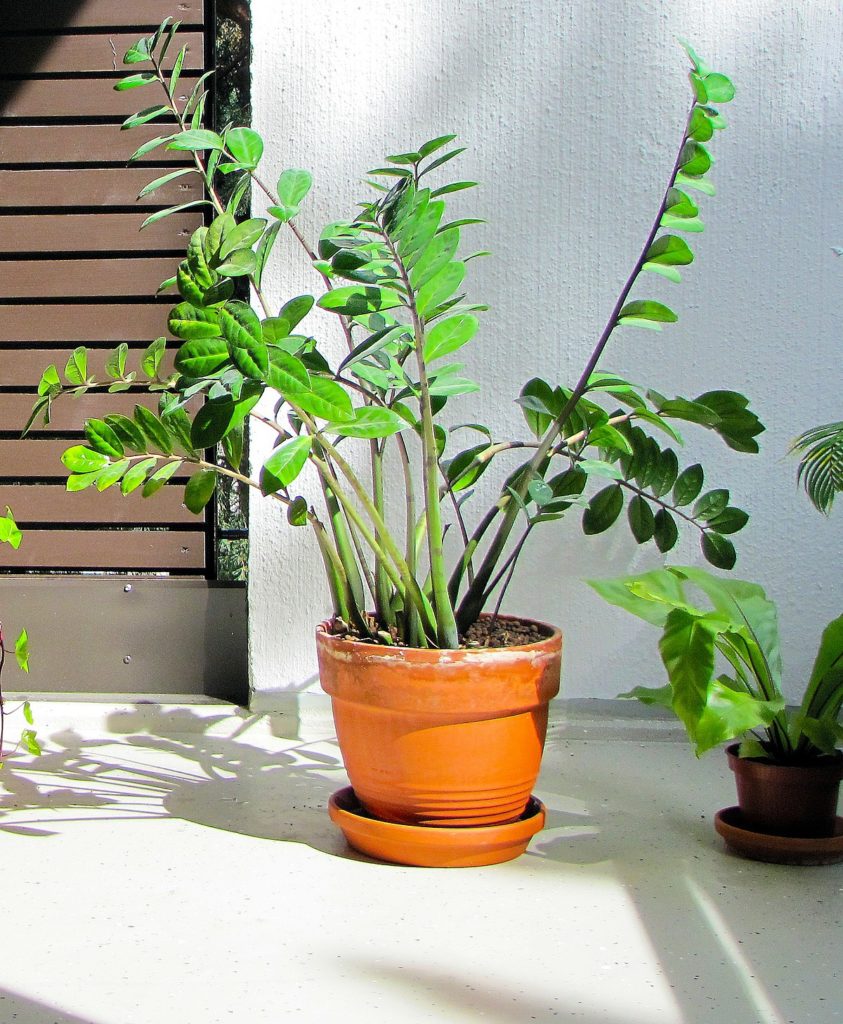
- evergreen representative of the flora;
- unusual look;
- grown in Russia relatively recently;
- leaves are easily rubbed;
- unpretentiousness;
- safety;
- looks very impressive in a large pot;
- the flower likes the gliding sunbeams;
- the soil is light, semi-sandy with biohumus;
- does not require frequent transplants;
- in winter, rare watering, 1 time per month;
- slow growth;
- watering only with warm water, above human body temperature;
- not afraid of pests;
- flowering at home is unlikely.
- danger of waterlogging with regular watering.
dieffenbachia
votes 1
A flower from the genus of evergreens has an amazing color, patterns on large, juicy leaves almost never repeat, they have an individual motif.
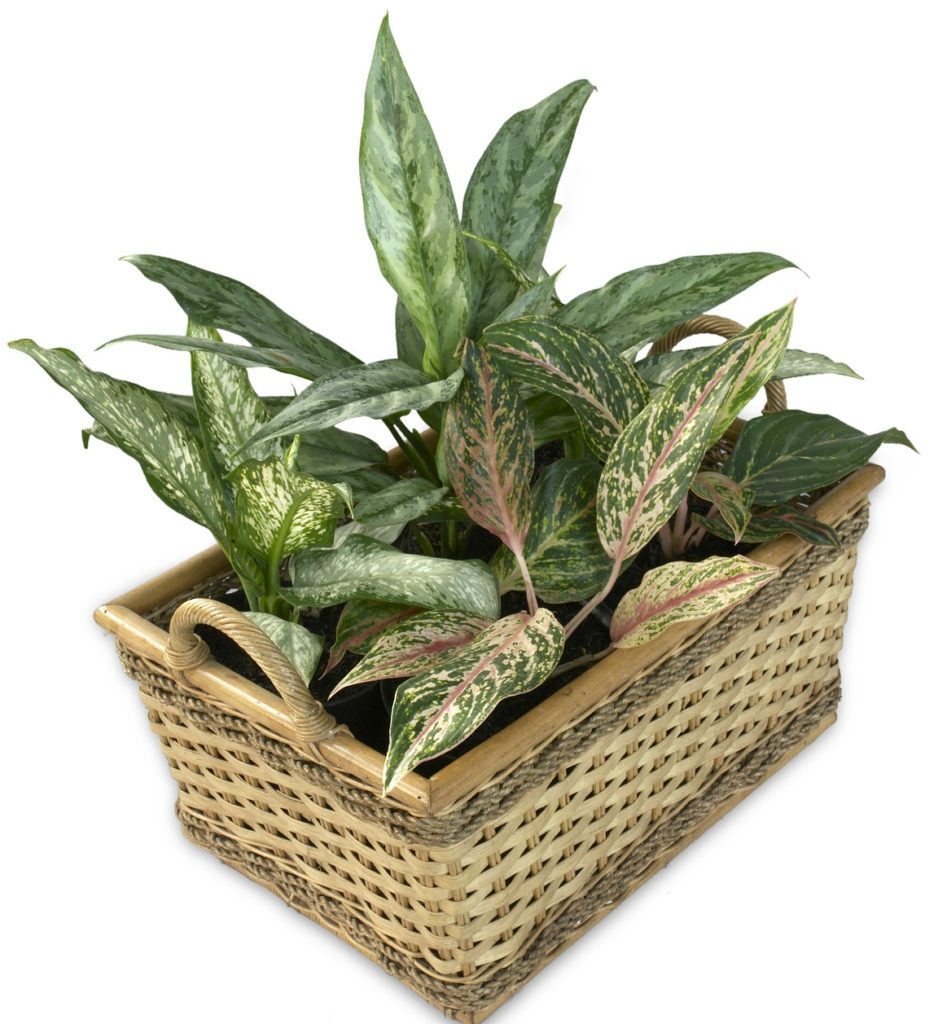
- cleans the air from benzene, xelen, formaldehyde;
- beautiful;
- moisture-loving;
- up to 40 different patterns;
- grows rapidly;
- spraying is allowed;
- shower without falling into the ground;
- with a wide variety of species;
- without direct sunlight;
- afraid of drafts;
- sheds the bottom sheets;
- the soil is slightly acidic with drainage.
- dangerous during transplantation, avoid contact with the skin and mucous membranes of poisonous juice.
Family Compositae
Gerber Jameson
votes 1
The beauty of a flower requires proper care, its fragility can only be replenished by frequent rejuvenation.
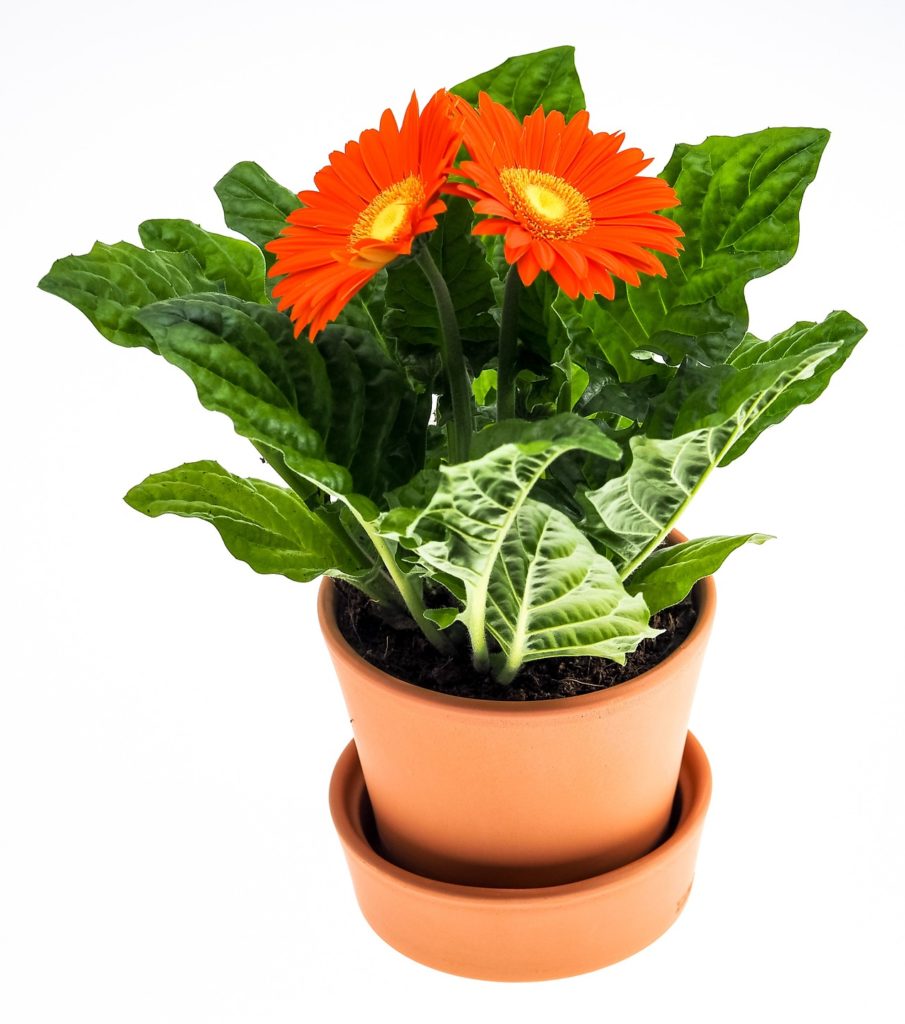
- flower stalks can reach a bar of 30 centimeters;
- with a pleasant, subtle aroma;
- does not pose a danger to asthmatics;
- easy care;
- do not allow the soil to dry out;
- prevention of burns by direct sunlight;
- in winter, watering is rare, it is advisable not to change the location.
- it is not easy to achieve regular flowering.
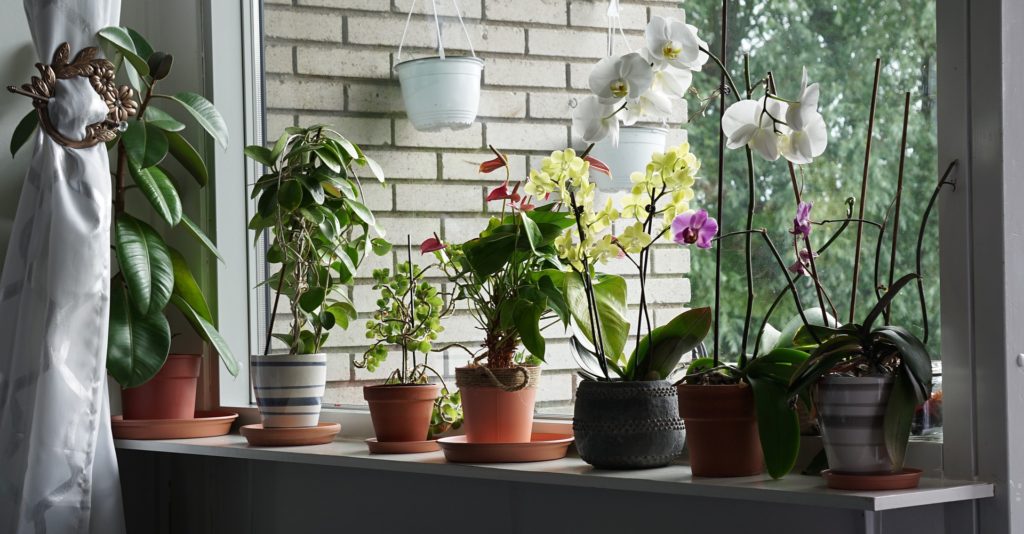
| Comparison Chart of the Best Houseplants for Asthmatics | |||
|---|---|---|---|
| Name | Leaf size | Flowering frequency | Care |
| Aloe vera | medium/large | - | simple |
| fat woman | small/medium | rarely | −”− |
| Cactus | - | −”− | - |
| Kalanchoe | average | sometimes | light |
| Myrtle | −”− | rarely | simple |
| Camellia | −”− | regularly | special |
| Orchid | large | 2-4/year | −”− |
| Gerber Jameson | average | regularly | special |
| A coffee tree | −”− | rarely | special |

Conclusion
Despite the great difficulty in choosing a potted plant for an asthmatic, due to individual intolerance and the characteristics of the course of diseases, experts do not advise abandoning the cultivation of useful plants in the house. The benefit lies in the absorption of harmful particles from space, filtration and release of oxygen, as well as creating a special harmonious atmosphere. Some indoor plants have no aroma even during the flowering period and are able to cheer up, decorate the interior, "distract" from the disease in demanding attention to themselves. A number of plants have poisonous leaves, secrete harmful juice, which can cause not only inflammation on the skin, but also cause severe irritation of the respiratory tract, up to an asthma attack.
new entries
Categories
Useful
Popular Articles
-

Top ranking of the best and cheapest scooters up to 50cc in 2025
Views: 131651 -

Rating of the best soundproofing materials for an apartment in 2025
Views: 127691 -

Rating of cheap analogues of expensive medicines for flu and colds for 2025
Views: 124519 -

The best men's sneakers in 2025
Views: 124033 -

The Best Complex Vitamins in 2025
Views: 121940 -

Top ranking of the best smartwatches 2025 - price-quality ratio
Views: 114980 -

The best paint for gray hair - top rating 2025
Views: 113395 -

Ranking of the best wood paints for interior work in 2025
Views: 110319 -

Rating of the best spinning reels in 2025
Views: 105329 -

Ranking of the best sex dolls for men for 2025
Views: 104366 -

Ranking of the best action cameras from China in 2025
Views: 102216 -

The most effective calcium preparations for adults and children in 2025
Views: 102011
